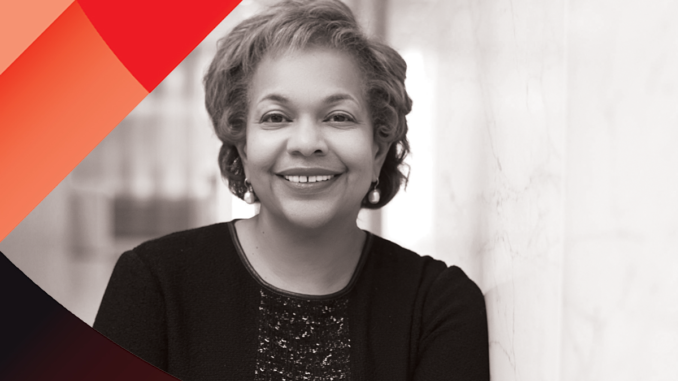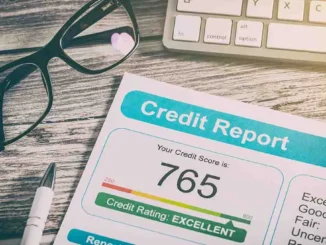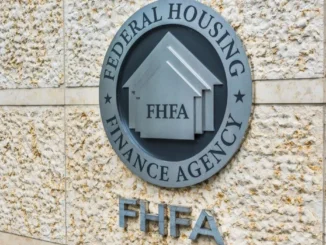
Federal Housing Finance Agency (FHFA) Director Sandra Thompson issued a statement Tuesday to correct the misinformation that’s spread about the agency’s loan-level pricing adjustments to conventional mortgages.
On TikTok and other social media platforms, misstatements circulated last week that the regulator of Fannie Mae and Freddie Mac had made mortgage fees cheaper for low-credit borrowers than good-credit borrowers, among other claims.
“Higher-credit-score borrowers are not being charged more so that lower-credit-score borrowers can pay less,” Thompson said in a statement. “The updated fees, as was true of the prior fees, generally increase as credit scores decrease for any given level of down payment.”
Some updated fees are higher and some are lower, in differing amounts, Thompson said. “They do not represent pure decreases for high-risk borrowers or pure increases for low-risk borrowers. Many borrowers with high credit scores or large down payments will see their fees decrease or remain flat.”
The FHFA head wrote that the GSEs’ pricing framework, which was reviewed in 2021 and resulted in the elimination of upfront fees to low-income first-time homebuyers, “does not provide incentives for a borrower to make a lower down payment to benefit from lower fees.”
Thompson said that borrowers making a down payment smaller than 20% typically pay mortgage insurance premiums, which must be added to the fees charged by Fannie and Freddie.
“The targeted eliminations of upfront fees for borrowers with lower incomes – not lower credit scores – primarily are supported by the higher fees on products such as second homes and cash-out refinances,” Thompson said, adding that the GSEs’ statutory charters require them to support low- and moderate-income borrowers.
Despite Thompson’s statement, the mortgage industry has been in uproar over the updates to the pricing framework, which were first announced in January and most of which have been incorporated by lenders ahead of the May 1 implementation date.
With the FHFA creating new credit bands for borrowers at the highest tiers, borrowers with FICO scores between 720-739 and 740-759 in many cases will pay more in LLPA fees — sometimes thousands of dollars more. Borrowers with LTVs between 80 and 85% with credit scores between 720 and 739 and 740 and 759 will be paying 0.750% more than they did under the current model. Borrowers who are most penalized will be those seeking cash-out refis, with most paying thousands in additional fees, depending on the size of the mortgage.
The Mortgage Bankers Association has has said the industry is still adjusting to earlier changes, including increases to LLPAs on some second homes and high-balance loans, as well as waivers for first-time homebuyers and several high LTV programs.
“Together, those changes significantly rebalanced the LLPA framework toward mission-focused lending,” Bob Broeksmit, president and CEO of the trade organization, said in February.
No change is more controversial than the LLPA tied to a borrower’s debt-to-income ratio. If a borrower has a DTI at 40% or higher, they’ll be charged a fee. The process is also a major problem for the industry. Lenders argue they will not be able to accurately determine a borrower’s actual income before rates had to be locked, and the timeline doesn’t allow them to change terms of the loan if new information came in later in the process, creating confusion and mistrust with customers.
The MBA described the DTI LLPA as “unworkable” and “should be removed.” Though the FHFA delayed implementation until August and has said the upfront fees on them won’t carry for loans bought by the GSEs this year, the agency has resisted killing the DTI LLPA entirely. Thompson didn’t address the DTI component in her statement.



